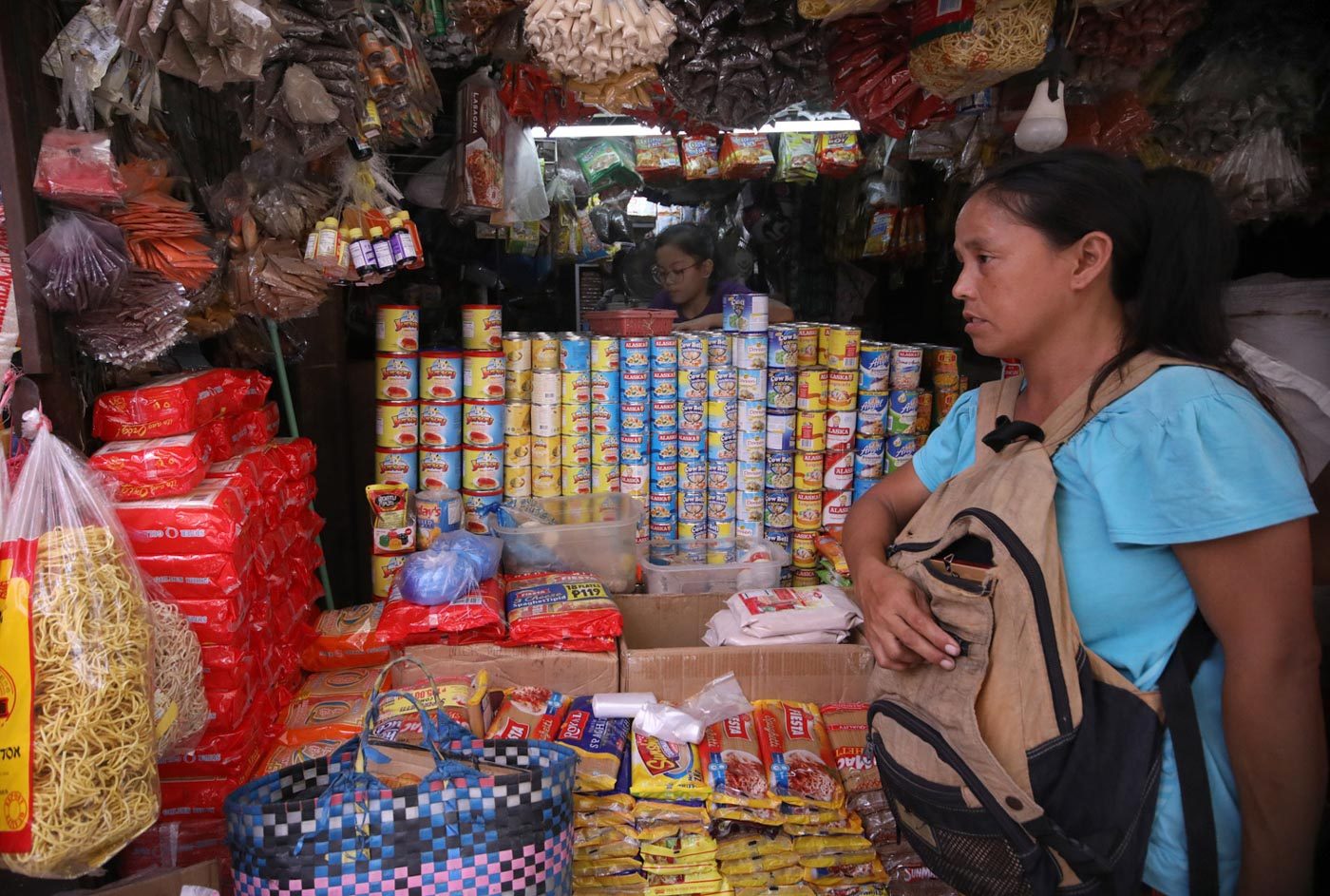SUMMARY
This is AI generated summarization, which may have errors. For context, always refer to the full article.

MANILA, Philippines (UPDATED) – After the slight increase in May, inflation slowed down to 2.7% in June, said the Philippine Statistics Authority (PSA) on Friday, July 5.
The latest figure is well within the government’s target range of 2% to 4%, as well as the estimates of the Bangko Sentral ng Pilipinas (BSP) and analysts.
It is also the lowest inflation rate since September 2017.
The slowdown was mainly driven by the slower annual rate posted in food and non-alcoholic beverages at 2.7%.
The cost of education dropped by 4.5% which further triggered the downtrend.
Slower annual increments were also observed in the following commodity groups:
- Alcoholic beverages and tobacco, 9.3%
- Housing, water, electricity, gas, and other fuels, 3%
- Furnishing, household equipment, and routine maintenance of the house, 3.1%
- Transport, 1.6%
- Communication, 0.3%
Rice and corn prices also dropped by 1.7% and 4%, respectively.
Inflation in the National Capital Region (NCR) moved at a slower pace of 3% from 3.4% in May and 5.8% in June 2018.
The same trend was observed in the inflation of areas outside NCR as it eased to 2.6% from 3.1% in May.
The central bank projected that lower rice and domestic oil prices along with the downward adjustment in electricity rates and the strengthening of the peso tempered inflation pressure during June.
With inflation within target range, markets have been awaiting the BSP’s move on interest rates.
The BSP Monetary Board recently kept the key interest rate steady at 4.5%. Analysts expect another cut of up to 50 basis points in 2019.
The BSP is also cutting the reserve requirement ratio (RRR) – the amount banks need to hold on to in their reserves – in 3 tranches to 16%.
Cutting interest rates will lower borrowing costs, while trimming the RRR means more liquidity in the economy. The two working together injects more funds into the economy and spurs growth.
The cuts need to be timed well, as too much cash circulating in the economy may accelerate inflation.
The BSP expects inflation to hit an average of 2.7% in 2019. – Rappler.com
Add a comment
How does this make you feel?
There are no comments yet. Add your comment to start the conversation.